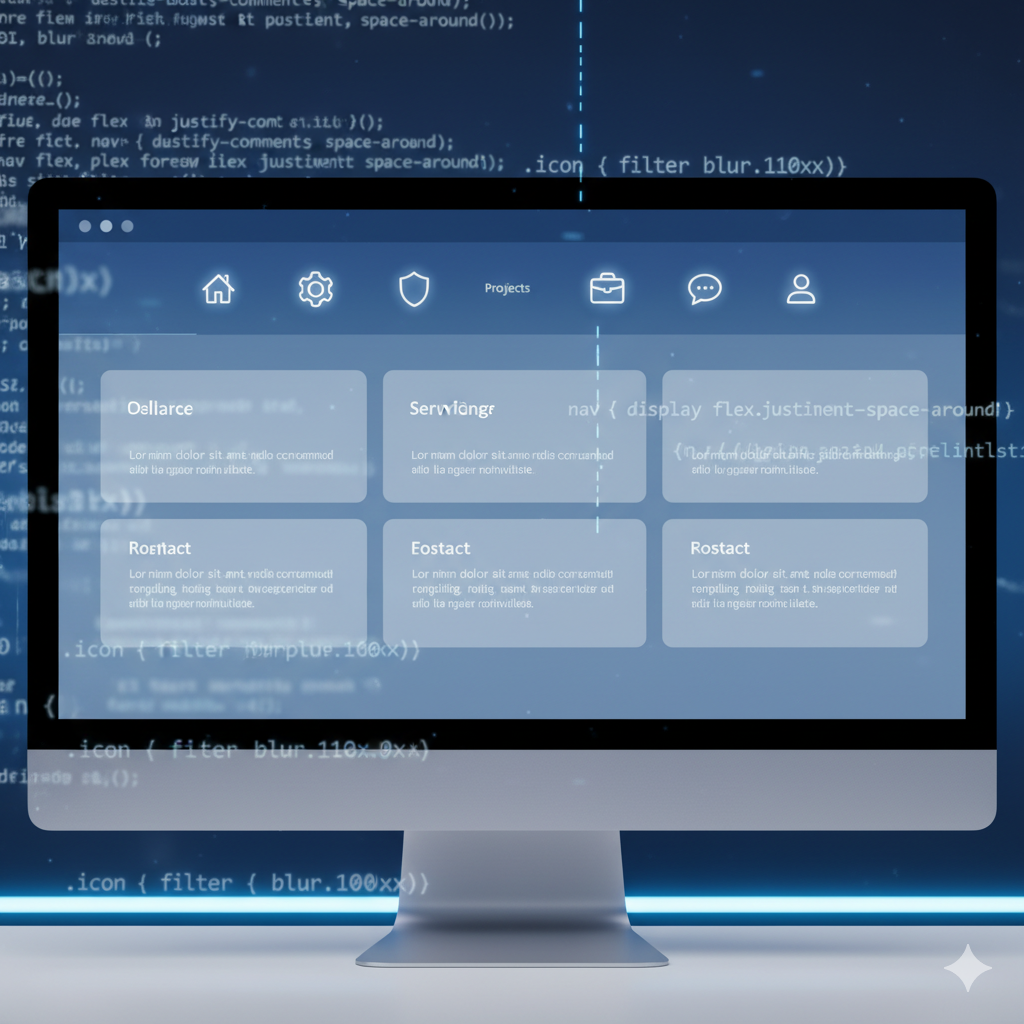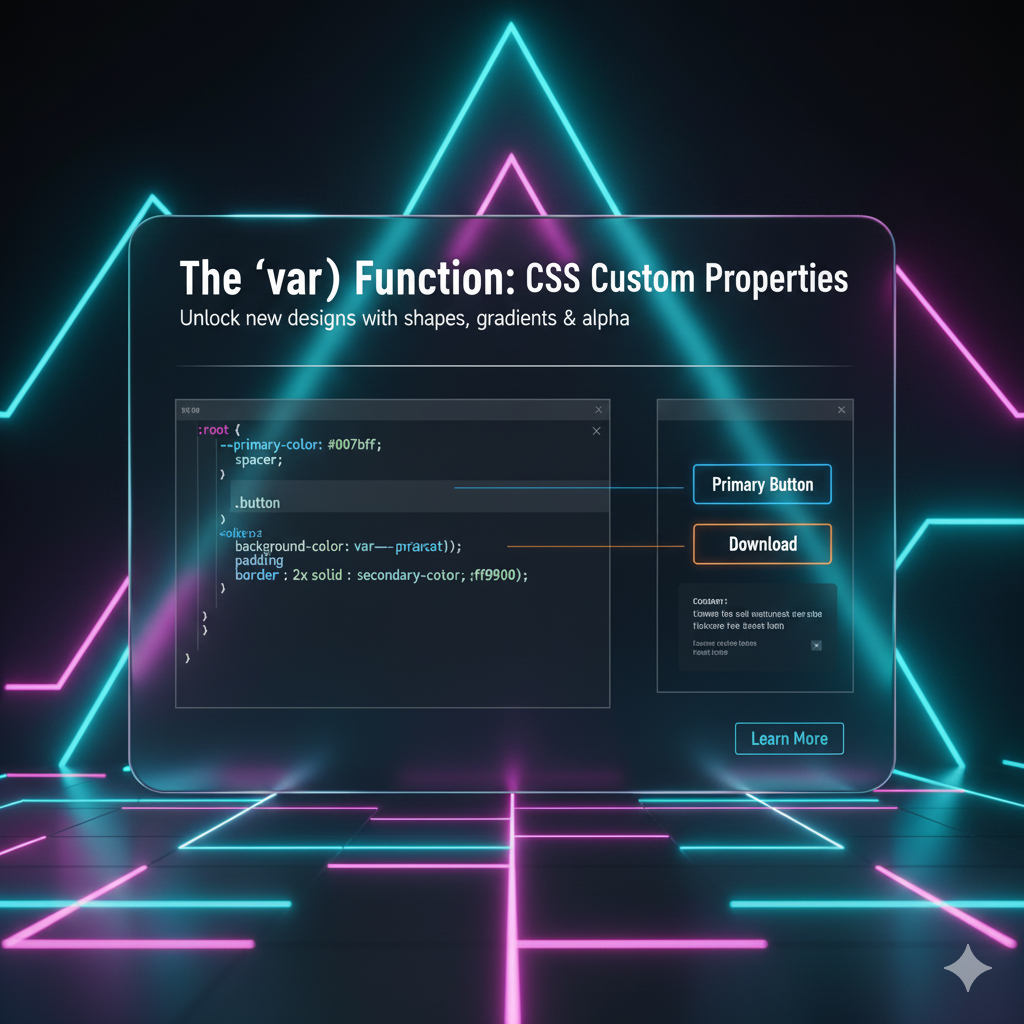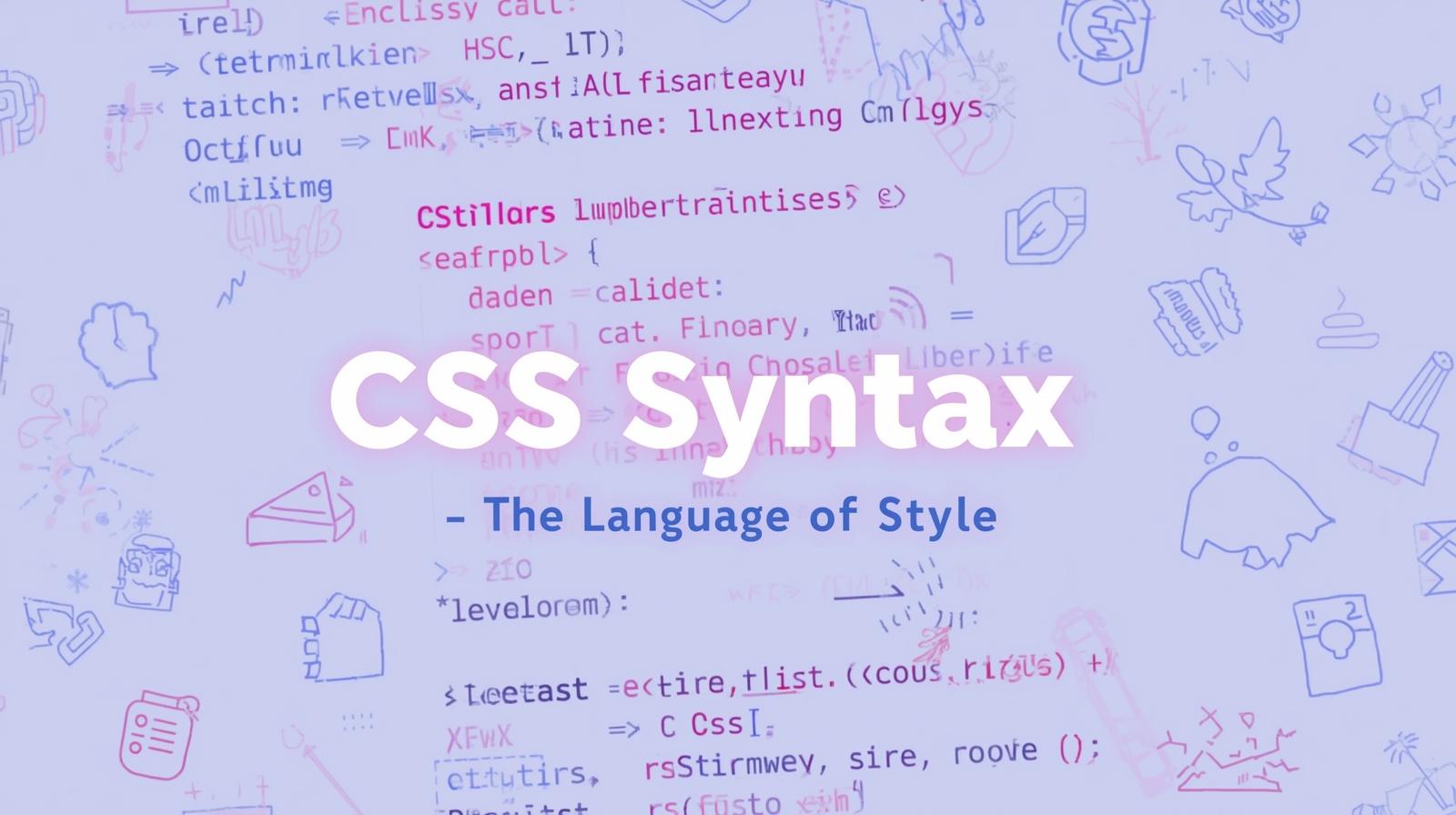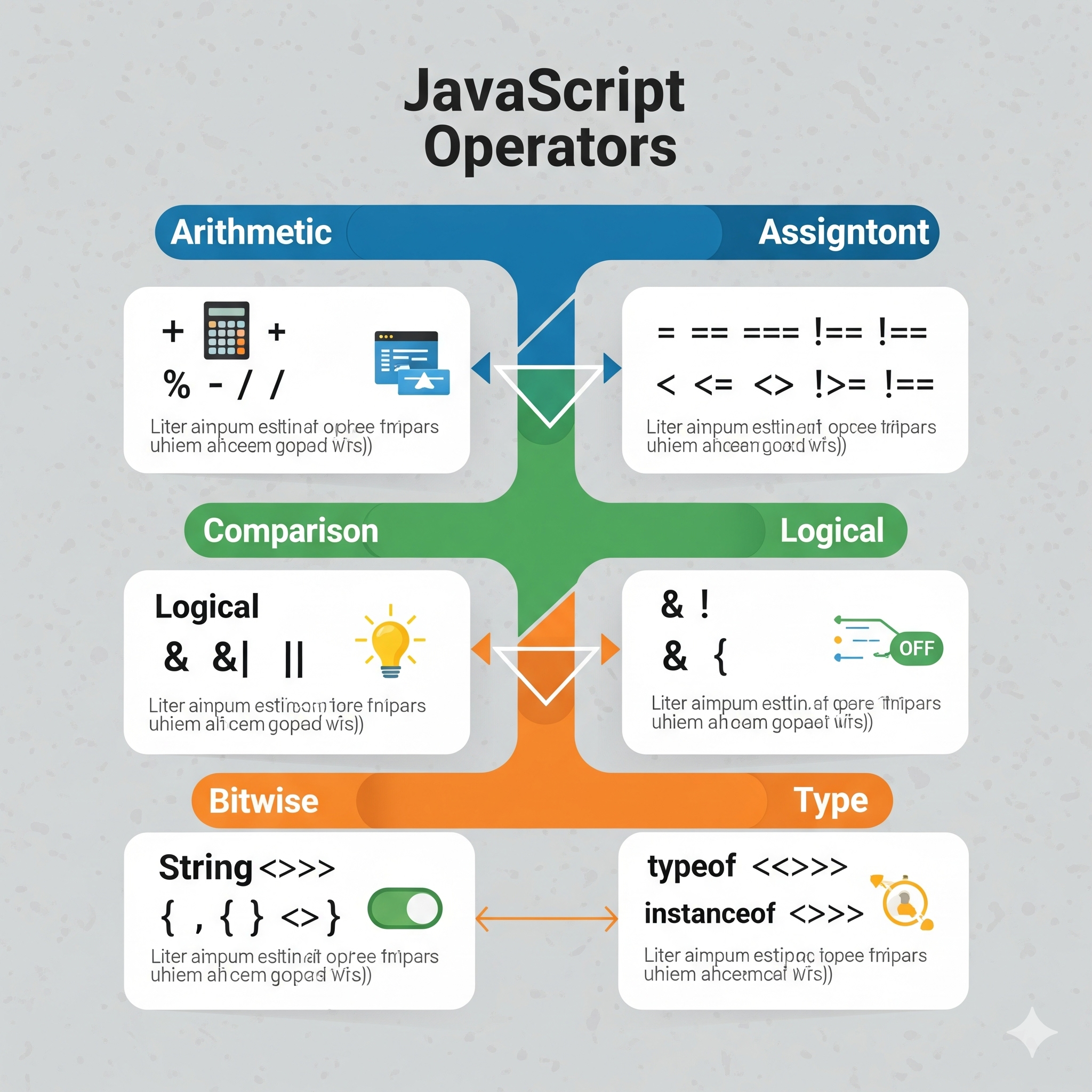50+ Next.js Interview Questions and Answers for 2025

Prepare for your Next.js interview with these top 50+ Next.js interview questions and answers. Covering fundamentals, performance optimization, routing, API handling, and more.

50+ Next.js Interview Questions and Answers for 2025
Next.js is a popular React framework used for building server-side rendered (SSR) and static websites. If you're preparing for a Next.js interview, here are some important questions and answers to help you succeed.
1. Basic Next.js Interview Questions
1. What is Next.js?
Next.js is a React framework that enables server-side rendering (SSR), static site generation (SSG), and API routing. It provides better performance, SEO, and developer experience compared to traditional React applications.
2. What are the key features of Next.js?
Server-side rendering (SSR)
Static site generation (SSG)
Incremental Static Regeneration (ISR)
API Routes
Automatic code splitting
File-based routing
Built-in CSS and Sass support
2. Advanced Next.js Interview Questions
4. What is server-side rendering (SSR) in Next.js?
SSR in Next.js allows rendering React components on the server before sending them to the client, improving SEO and initial load time.
Example:
export async function getServerSideProps() {
const data = await fetch("https://api.example.com/data").then(res => res.json());
return { props: { data } };
}5. What is static site generation (SSG) in Next.js?
SSG pre-renders pages at build time, making them faster and efficient for SEO.
Example:
export async function getStaticProps() {
const data = await fetch("https://api.example.com/data").then(res => res.json());
return { props: { data } };
}6. Explain Incremental Static Regeneration (ISR) in Next.js.
ISR allows static pages to be updated after deployment without rebuilding the entire site.
Example:
export async function getStaticProps() {
return { props: { time: new Date().toISOString() }, revalidate: 10 };
}7. How do you create dynamic routes in Next.js?
Next.js uses file-based routing. You can create a [id].js file inside the pages directory for dynamic routes.
Example:
export async function getStaticPaths() {
return { paths: [{ params: { id: "1" } }], fallback: false };
}8. What is Middleware in Next.js?
Middleware allows running code before a request is completed, enabling redirections, authentication, etc.
Example:
import { NextResponse } from 'next/server';
export function middleware(req) {
if (!req.cookies.auth) return NextResponse.redirect("/login");
return NextResponse.next();
}3. Performance & Optimization Questions
9. How does Next.js handle image optimization?
Next.js provides the next/image component, which optimizes images automatically.
Example:
import Image from 'next/image';
<Image src="/example.jpg" width={500} height={300} alt="Example" />10. What is prefetching in Next.js?
Next.js prefetches links in the background to speed up navigation using the next/link component.
Example:
import Link from 'next/link';
<Link href="/about"><a>About</a></Link>4. API Handling in Next.js
11. How do you create an API route in Next.js?
You can create API routes inside the pages/api directory.
Example:
export default function handler(req, res) {
res.status(200).json({ message: "Hello from API!" });
}12. How do you handle authentication in Next.js?
Authentication in Next.js can be handled using NextAuth.js or JWT-based strategies.
Example with NextAuth:
import NextAuth from 'next-auth';
import Providers from 'next-auth/providers';
export default NextAuth({
providers: [Providers.GitHub({ clientId: process.env.GITHUB_ID, clientSecret: process.env.GITHUB_SECRET })],
});5. Deployment & Best Practices
13. How do you deploy a Next.js application?
Vercel (Recommended for Next.js)
Netlify
AWS / Digital Ocean
Custom server using Node.js
14. How do you configure environment variables in Next.js?
Next.js supports .env.local, .env.development, and .env.production for environment variables.
Example:
NEXT_PUBLIC_API_URL=https://api.example.comConclusion
These Next.js interview questions cover the most commonly asked topics in 2025. Understanding these concepts will help you excel in technical interviews and build high-performance web applications with Next.js.









